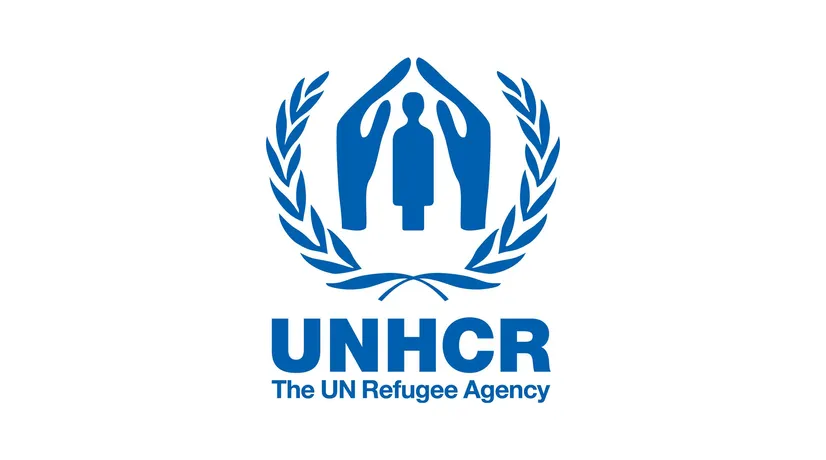First Results of Family Counting in Bangladesh Find every Third Refugee Household Vulnerable
07 November 2017

UNHCR, the UN Refugee Agency, has just completed the first phase of Rohingya refugee family counting, where more than half a million refugees from Myanmar have so far been counted.
UNHCR has met the Minister of Home Affairs overseeing the individual biometric registration exercise and briefed on the progress made on the family counting. The exercise, conducted jointly by UNHCR and Bangladesh’s Refugee Relief and Repatriation Commission (RRRC), took place in the Kutupalong camp, makeshift and extension areas and Balukhali makeshift areas and is now extending to further south. Going from shelter to shelter, more than 100 UNHCR-hired enumerators have so far gathered data on 120,284 families comprising 517,643 refugees.
In an innovative and revealing family counting exercise, UNHCR teams found that one-third of the families are vulnerable. As many as 14 per cent are single mothers holding their families together with little support in harsh camp conditions. Others are struggling with serious health problems or disabilities. There is also a high proportion of elderly people at risk, unaccompanied and separated children – some of them taking care of younger siblings. Children made up 54 percent of the total population; women 52 percent.
Most of those counted (72 per cent) arrived in Bangladesh after violence erupted in Myanmar’s northern Rakhine state in late August, whereas the remaining sought refuge in Bangladesh prior to the latest influx. The majority (70 per cent) came from Maungdaw township, with smaller numbers from Buthidaung and Rathedaung.
The mobile data collection was designed in such a way that data can be collected with GPS even when the team has no network coverage. As soon as the mobile device is on the network, the collected data is automatically uploaded to a secure server. This design has allowed UNHCR to collect the necessary data and consolidate, analyse and visualise it quickly.
The RRRC-UNHCR exercise will quickly extend its coverage further south into Teknaf in the coming weeks. The geo-tagged data of each family and the barcoded RRRC Family Counting Card has given a shape to Rohingya refugees living in Bangladesh in terms of demography and location.
The design and methodology of this family counting exercise are somewhat unique in UNHCR’s emergency registration history. Because the refugees are still on the move and site zoning is still in progress, the enumerators visit their shelters individually, meaning that refugees do not have to queue to be counted.
The information collected in this ongoing exercise will be useful not only for UNHCR and the Bangladeshi authorities but also for all humanitarian partners in their planning and ‘interventions’ for the benefit of the refugees.
For more information on this topic, please contact:
- In Cox’s Bazaar,Mohammed Abu Asaker, [email protected], +880 18 7269 9849
- In Geneva, Andrej Mahecic, [email protected], +41 79 642 97 09
- In Geneva, Duniya Aslam Khan, [email protected], +41 79 453 25 08
View the original press release HERE.
၎
င
၎
၎
Announcements
28 February 2025
Asian NGO Network on National Human Rights Institutions , CSO Working Group on Independent National Human Rights Institution (Burma/Myanmar)
Open letter: Removal of the membership of the dis-accredited Myanmar National Human Rights Commission from the Southeast Asia National Human Rights Institution Forum

Progressive Voice is a participatory rights-based policy research and advocacy organization rooted in civil society, that maintains strong networks and relationships with grassroots organizations and community-based organizations throughout Myanmar. It acts as a bridge to the international community and international policymakers by amplifying voices from the ground, and advocating for a rights-based policy narrative.